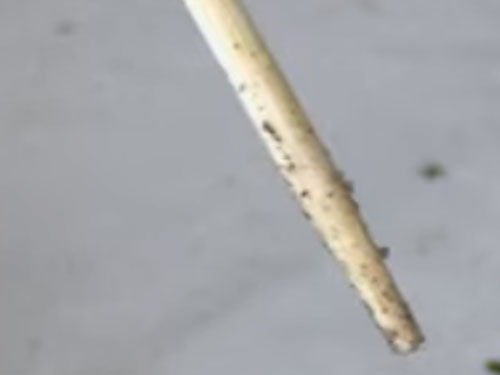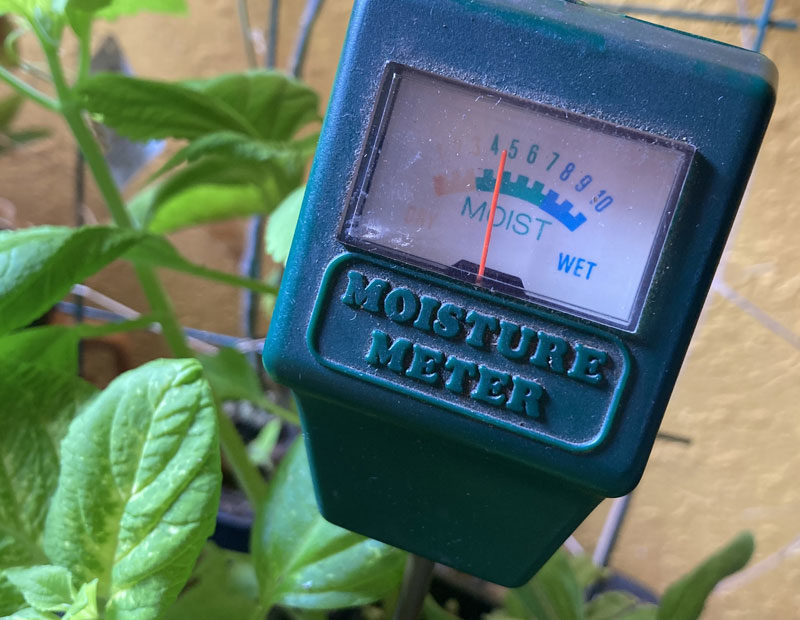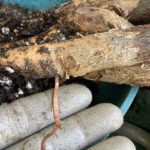One of the most confusing aspects of growing healthy houseplants is determining when the heck to water them! Knowing that incorrect watering is the number one cause of houseplant death doesn’t help. You are likely to think, yikes! What should I do?
In this article, I’m going to tell you how to check your houseplants to see if they’re ready for watering. These five main ways to check for watering readiness will help you know when to water and when to sing to your houseplants instead. If you’re unsure, try more than one test.
The Finger Test
A good thing about the finger test is that you always have the “testing instrument” handy! To check a houseplant for watering readiness, stick your forefinger into the soil up to your first knuckle. If the soil is dry in the first inch to inch-and-half, water.
The finger test is best used for plants in medium-sized pots. Sticking your finger into a small pot can disturb the small root system. Large pots are often too deep for this test.
You may not want to stick your finger into a plant’s soil, or you might prefer something more “scientific.” In that case, you’ll want to use one of these other methods.

The Wooden Skewer Test
This is one of my favorite ways to check plants for water readiness. I do like moisture meters—mentioned next—but they break easily. You can drop a wooden skewer, and it’s going to be okay—unless you stomp on it.
To use a wooden skewer to test for watering readiness, stick the skewer into the plant soil. For small to medium-sized pots you only need to stick it in 1 to 2 inches. For large pots, you’ll want to stick the skewer almost all of the way in.
Remove the skewer slowly. If there is damp soil sticking to the skewer, the plant doesn’t need watering yet. On the other hand, if the soil isn’t sticking and is dry and falls off easily, it’s time to water.
If you find that when you stick the skewer into the soil in a big plant that the bottom area is wet but the top is dry, you may want to water. It depends on proportionally how much is dry and how much is wet. If more than half of the soil on the skewer is dry, water.
For instance, if the first two-thirds of the soil is dry and the bottom third is wet, it’s time to water. There are roots deep in the pot, but there are also roots close to the surface. You don’t want those surface roots to dry out. If, however, the first third is dry and the bottom two-thirds is wet, you will want to wait a day or two and test again.






